
Isotoma axillaris is a heat-loving plant native to Australia that is hardy in zones 7-10 but is easily grown as an annual in colder climates. The common name laurentia comes from its previous classification as Laurentia axillaries; that name, as well as another synonym, Solenopsis axillaris, is still often used in the nursery industry. This species in the bellflower family (Campanulaceae) has other common names including blue star or star flower.
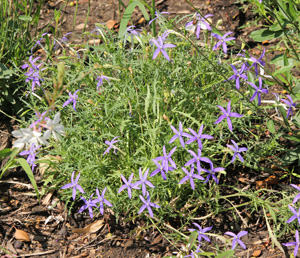
Plants have a compact, mounded habit growing 12-15″ tall and wide. The soft, ferny green foliage has a fine texture.

The elongated, pinnatisect leaves with narrow lobes are produced on upright, branched stems from a woody base.

A profusion of star-shaped flowers are produced just above the foliage throughout the season until frost. The fragrant, 1-1½”wide flowers are produced in shades of blue, pink or white. The plants shed spent flowers on their own so do not need deadheading, although shearing in midseason will encourage more flowers on a more compact plant.
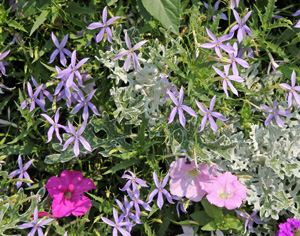
Use laurentia in borders and in containers as a filler plant. As a low plant it is useful as a soft edger along beds or paths or as a ground cover if planted densely. It can be grown in hanging baskets or as a bedding plant, and looks nice spilling over walls. The soft blue of the flowers combines well with other pastel-colored flowers and the fine texture of its foliage contrasts nicely when placed near plants with coarse foliage, such as heucheras.
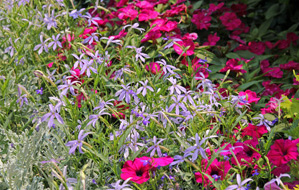
Grow laurentia in full sun to partial shade. Purchase plants in spring or grow from seed or cuttings. Seeds should be sown indoors very early (February) as it takes about 4 months for the plants to come into flower. Place plants in the garden after the last frost. This plant has few pests, although it can be attacked by m

ealybugs, and is not favored by deer or rabbits.
Beth’s Blue® is one of the most commonly available cultivars in the nursery trade with true blue flowers.
Other cultivars include:
- The ‘Avant-Garde’ series is a number of F1 hybrids that include blue, pink and violet flowered forms.
-

‘Starshine Blue’
‘Sophia’ has violet flowers that mature to blue. - ‘Starlight Pink’ has more pinkish flowers.
- ‘Starshine Blue’ is a shorter variety (6-8″).
- ‘White Star’ is a vigorous cultivar with white flowers.
– Susan Mahr, University of Wisconsin – Madison





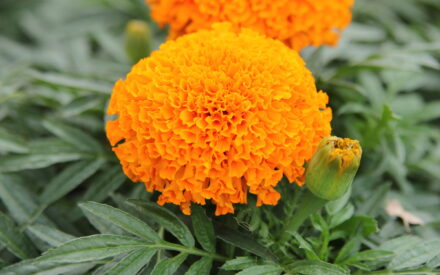 Marigolds
Marigolds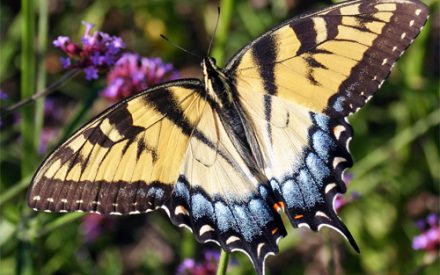 Create a Butterfly Garden
Create a Butterfly Garden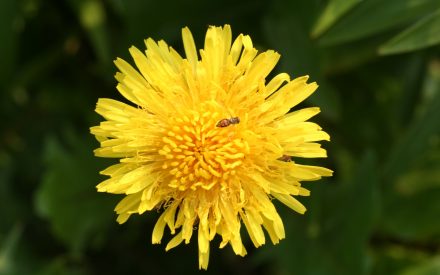 Plant Flowers to Encourage Beneficial Insects
Plant Flowers to Encourage Beneficial Insects Forcing Bulbs
Forcing Bulbs


